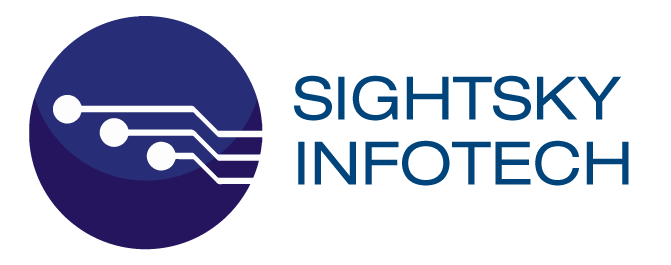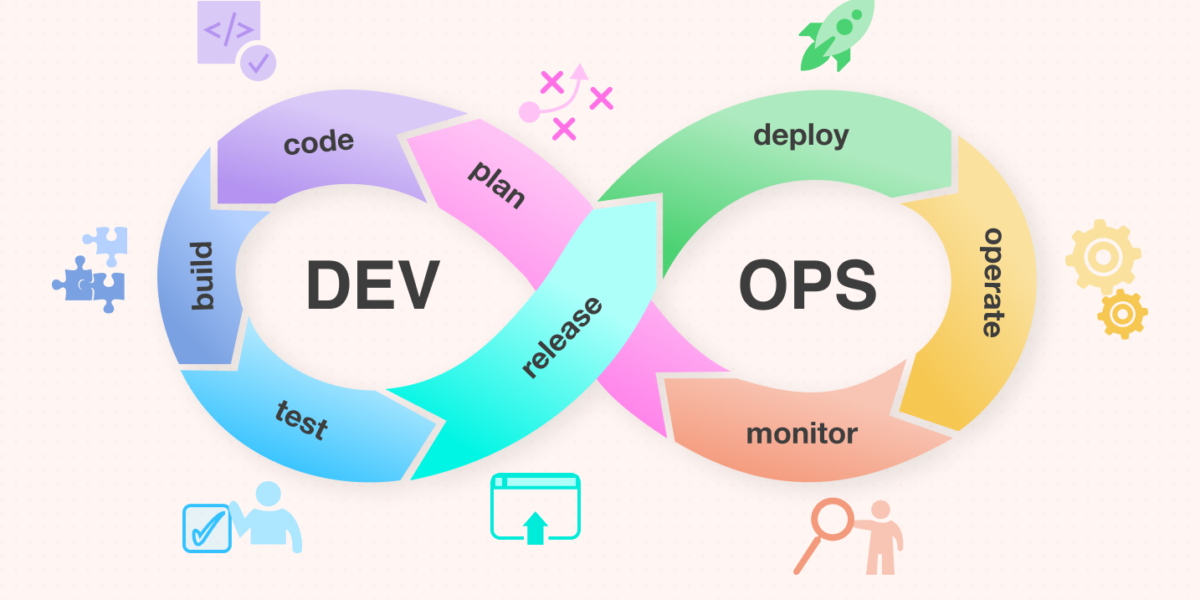Streamlining the Pipeline: Automation via CICD Tools
In today’s fast-paced software development landscape, organizations are constantly seeking ways to accelerate their release cycles without compromising quality. Continuous Integration and Continuous Deployment (CICD) have emerged as game-changers, enabling developers to automate the build, test, and deployment processes. This blog will explore how CICD tools can be leveraged to streamline the development and deployment of Pi-Line applications, ensuring efficient, error-free automation.
Understanding the Pi-Line
The term “Pi-Line” is a fusion of “Pipeline” and “Pi,” symbolizing an intricate and continuous flow of tasks and data. In the context of software development, the Pi-Line encompasses the entire development lifecycle, from code commit to production deployment. It includes tasks such as version control, code building, testing, staging, and release.
CICD Tools: Empowering Automation
CICD tools have revolutionized the software development industry by empowering automation at every stage of the Pi-Line. These tools integrate seamlessly with version control systems like Git and automate the repetitive tasks, reducing manual errors and promoting consistent results.
- Continuous Integration (CI):
CI is the practice of regularly merging code changes into a shared repository. CICD tools like Jenkins, GitLab CI/CD, and Travis CI automatically trigger builds whenever a new code is committed to the repository. The build process ensures that the codebase is in a deployable state, and it alerts the development team of any compilation or integration errors.
- Automated Testing:
Testing is a critical aspect of software development, and CICD tools facilitate automated testing to ensure code quality. Unit tests, integration tests, and end-to-end tests can be automatically executed after each code commit. This not only accelerates the feedback loop but also helps identify and rectify issues early in the development cycle.
- Continuous Deployment (CD):
CD focuses on automating the deployment process. CICD tools enable the seamless deployment of applications to staging environments or production servers. Tools like Kubernetes, Ansible, and Docker can be integrated into the CD pipeline, allowing for containerization and smooth deployment across various environments.
- Infrastructure as Code (IaC):
To ensure consistency across different environments, Infrastructure as Code (IaC) tools like Terraform and CloudFormation can be incorporated into the Pi-Line automation. This approach allows developers to define and manage infrastructure in a declarative manner, reducing the chances of configuration drift and manual errors.
Benefits of CICD Automation for Pi-Line
- Increased Speed and Efficiency:
By automating the Pi-Line with CICD tools, development teams can significantly reduce manual interventions, thus speeding up the release process. Frequent and automated deployments enable organizations to deliver new features and updates to end-users faster, gaining a competitive edge in the market.
- Consistent Quality:
Automation ensures consistency in the build and deployment processes, resulting in higher-quality software. Automated testing catches bugs early in the development phase, preventing them from reaching production environments.
- Better Collaboration:
CICD tools promote collaboration among development, testing, and operations teams. Since everyone works with the same automated pipeline, communication barriers are reduced, fostering a culture of collaboration and accountability.
Conclusion
Automation via CICD tools has become a fundamental practice for modern software development, including Pi-Line applications. By implementing CICD pipelines, organizations can enhance their development processes, streamline deployment, and ensure consistent quality in their software releases. Embracing CICD automation is not just a technical choice but a strategic decision to stay competitive in an increasingly fast-paced digital world.


